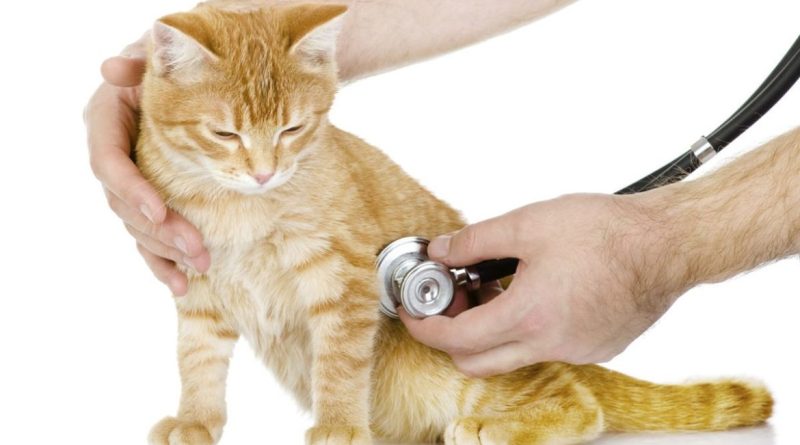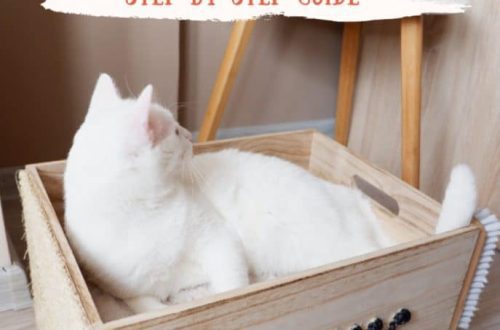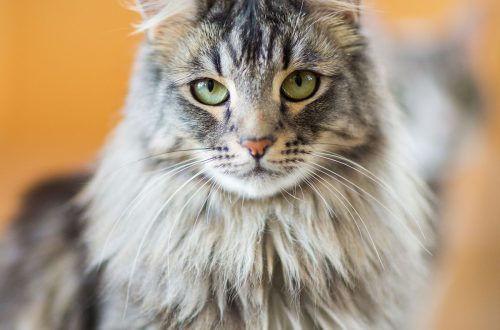
Pulmonary edema in cats: causes, symptoms, prevention and treatment
If there is a suspicion of pulmonary edema in a pet, you should immediately go to the veterinarian. This is a really dangerous condition that develops rapidly and poses a serious danger to the life of the animal. However, forewarned is forearmed. Why can pulmonary edema develop?
Contents
What is pulmonary edema in cats
Pulmonary edema means an abnormal accumulation of fluid in the tissues, airways, or alveoli of the lungs. It becomes difficult for the cat to breathe, she cannot take in enough air. Respiratory failure develops when the level of oxygen in the blood decreases, and the level of carbon dioxide, on the contrary, rises to a critical level. Prolonged oxygen starvation can lead to death.
There is no relationship between the age, sex or breed of a cat and the likelihood of developing or not developing pulmonary edema. Therefore, it is very important to be attentive to the health of your pet and, if any alarming symptoms appear, do not self-treat, but consult a doctor.
Pulmonary edema in cats: causes of a dangerous condition
Pulmonary edema is not an independent disease, but a process that develops against the background of other health problems. Experts identify two groups of reasons that can lead to the accumulation of fluid in the lungs of a cat:
Cardiogenic These are heart diseases that can be either congenital or acquired. Sometimes cats may develop pulmonary edema after surgery due to a reaction to anesthesia due to heart problems. Therefore, before any surgical intervention, it is important to undergo a cardiac examination.
Non-cardiogenic. This includes various injuries, poisoning, severe allergic reactions, pneumonia, infectious diseases and other causes.
Key symptoms of pulmonary edema in cats: how to recognize it
The cat, alas, will not be able to tell if something hurts her or she doesn’t feel well. Therefore, the owner needs to monitor its condition. You need to contact as soon as possible veterinarian, if a:
- the cat has become lethargic, refuses to eat and drink;
- she cannot lie down and stand for a long time; often lies on its side, but stands with its front paws apart;
- the animal breathes hoarsely and noisily, with a gurgle, with its mouth open; may cough up mucus and sometimes blood;
- there was discharge from the nose;
- the oral mucosa and tongue became blue-violet or pale.
Any of these signs is enough to immediately take the animal to the veterinary clinic, as the bill can literally go on for hours.
Pulmonary edema in cats: treatment and prognosis
Since the cat already has fluid in its lungs and it lacks oxygen, it is important to give the animal first aid and relieve the acute period:
- provide oxygen support – with the help of an oxygen mask, ventilation of the lungs, placement in an oxygen chamber, etc.;
- remove excess fluid and eliminate swelling – with the help of diuretics, which are administered intravenously or orally;
- relax and relieve stress with sedatives.
Pulmonary edema is not a separate disease. The purpose of other drugs and procedures depends on the underlying cause, which led to the accumulation of fluid in the lungs. It could be heart failure, allergy, trauma, etc.
If after all the manipulations the animal’s condition has stabilized, doctors may allow you to take him home. The main thing is to provide the pet with peace and balanced diet and follow all recommendations of a veterinarian.
With pulmonary edema in cats, doctors give forecasts with caution. If the edema is caused by cardiac pathologies, then the possibility of relapse cannot be ruled out. In any case, the sooner the animal receives medical care, the higher its chances of recovery.
Prevention of pulmonary edema in cats: what to do
The best thing you can do is to closely monitor your pet’s condition and have regular check-ups. Watch his diet and lifestyle: many veterinarians note that pulmonary edema is more likely to develop in animals that overeat and move little. And do not start the treatment of chronic diseases.
See also:
- Why is regular veterinary check-ups important?
- Feline immunodeficiency virus: causes, symptoms, prognosis
- The most common cat diseases: symptoms and treatment





